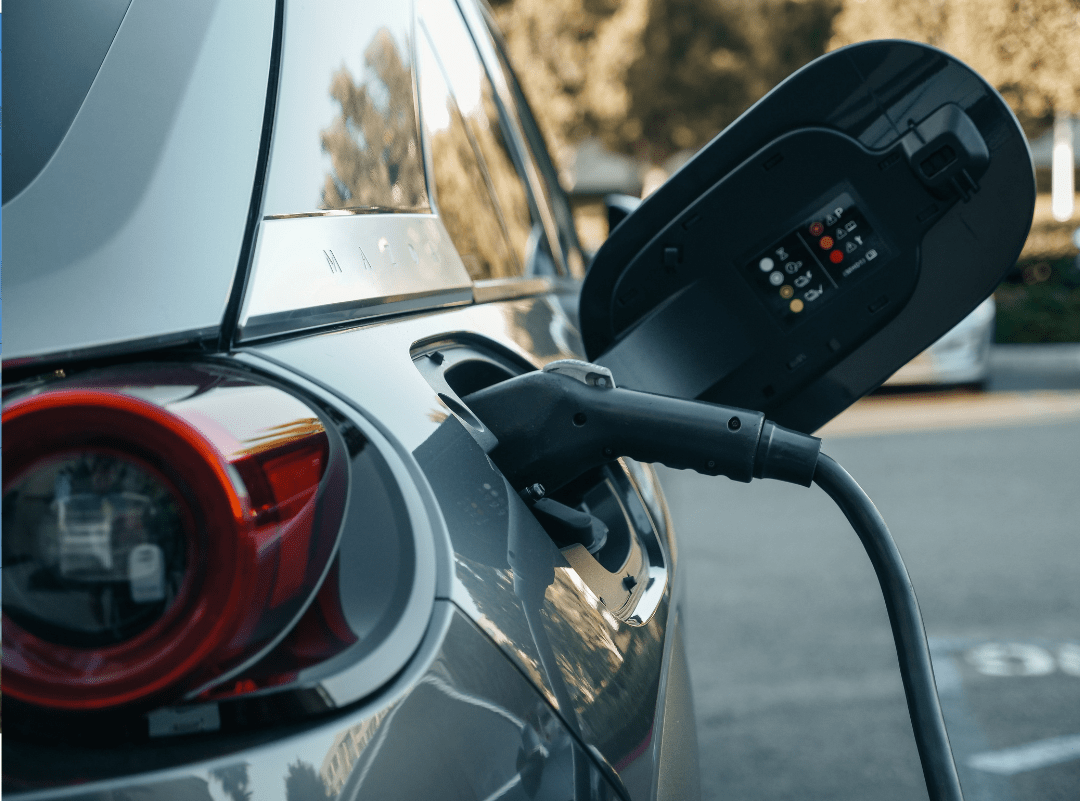By Johanna Adashek
At the intersection of people and the planet, Earth Law is a broad term encompassing the rights to a healthy environment, rights of nature, Indigenous rights, rights to future generations, and much more. Earth law is foundational in its emphasis on interdependency among Earth’s systems and its recognition that humans also flourish when the Earth can flourish. Earth law takes an ecocentric view, recognizing the inherent importance of protecting the Earth for the sake of the Earth itself. GW Law’s Environmental and Energy Law Program is proud to have co-hosted the 2023 Earth Law Symposium with the Earth Law Center, where experts, leaders, academics, and practitioners discussed and analyzed shortcomings and advancements in current statutes, regulations, legal systems, and governance strategies to protect our fragile planet and its vulnerable communities.
Continue reading “The 2023 Earth Law Symposium and the Road Ahead”





